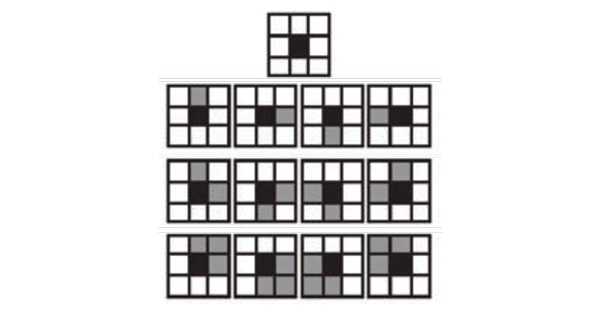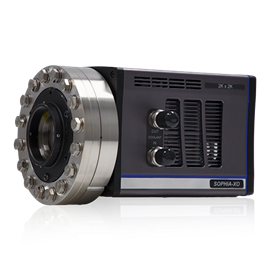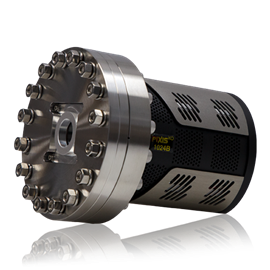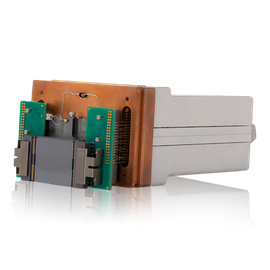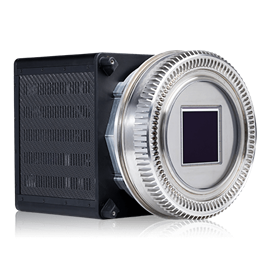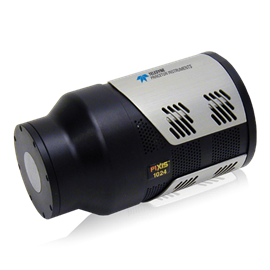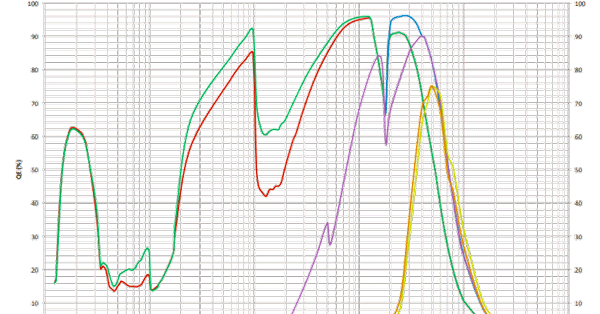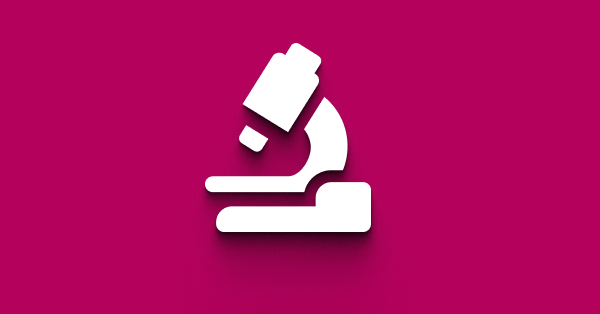X-ray spectroscopy is element-specific, used to directly examine a wide variety of solid and liquid samples non-destructively. The high-energy x-rays irradiate the sample and are absorbed by atoms within the sample. As absorption is discrete, the absorption energy required corresponds to the binding energy of the electron in the material. Once absorbed, the electron is ejected, allowing it to interact with the surrounding atoms to produce a spectrum.
X-ray absorption spectroscopy is commonly divided into two spectral regions:
- X-ray absorption near-edge structure (XANES) spectral region
- Extended x-ray absorption fine structure (EXAFS) region
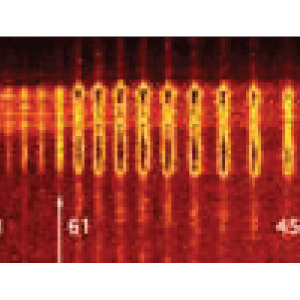
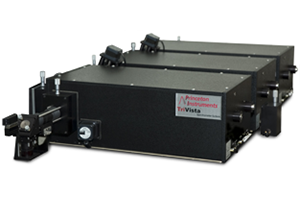
TriVista
X-ray spectroscopy is a technique which requires ultimate precision. The TriVista offers superb resolution, and excellent imaging alongside stray light suppression. As x-ray spectroscopy is an analytical technique, any stray light present will compromise signal and effect results.
The TriVista is a set of three spectrometers comprised of the SpectraPro family spectrometers. This offers high flexibility without reducing performance, operating from 200 – 2200 nm.
Resources from the Learning Center
View All